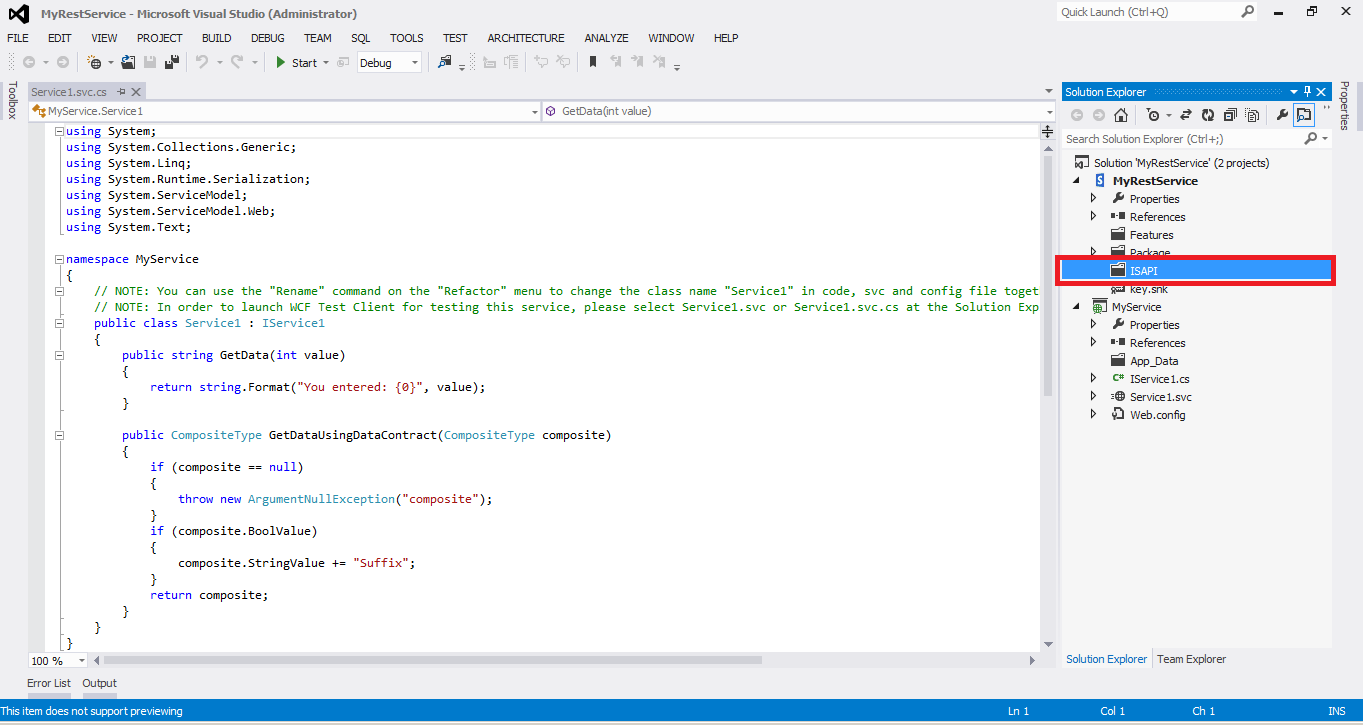<script src="../_layouts/15/Organization/jquery-1.8.3.min.js" type="text/javascript"></script>
<script src="../_layouts/15/Organization/prettify.js" type="text/javascript"></script>
<script src="../_layouts/15/Organization/jquery.jOrgChart.js" type="text/javascript"></script>
<link href="../_layouts/15/Organization/custom.css" rel="stylesheet" type="text/css" />
<link href="../_layouts/15/Organization/jquery.jOrgChart.css" rel="stylesheet"
type="text/css" />
<link href="../_layouts/15/HRMS.EmployeeManagement/OrganizationalUnit/prettify.css" rel="stylesheet" type="text/css" />
<script type="text/javascript">
jQuery(document).ready(function () {
//alert('here');
$("#org").jOrgChart({
chartElement: '#chart',
dragAndDrop: true
});
});
var mynode;
function fnExpand(node) {
var image = node.find("img");
//alert(image);
//alert(image.attr("src"));
if (image.attr("src") == '../_layouts/15/images/HRMS.EmployeeManagement/Collapse.png') {
image.attr("src", '../_layouts/15/images/HRMS.EmployeeManagement/Expand.png')
}
else {
image.attr("src", '../_layouts/15/images/HRMS.EmployeeManagement/Collapse.png')
}
}
</script>
<asp:Label ID="lblChartHtml" runat="server" Text=""></asp:Label>
<div id="chart" class="orgChart">
</div>
List<SPListItem> listItems = null;
string childRecords = string.Empty;
string image = string.Empty;
string orgDOMstart = string.Empty;
protected void Page_Load(object sender, EventArgs e)
{
BuildOrgChart();
}
/// <summary>
/// Method will build the org chart html, which will be used by the JQuery plugin to rendered the org chart UI.
/// </summary>
private void BuildOrgChart()
{
string orgBody = string.Empty;
string orgDOMEnd = "</ul></li></ul>";
string spWebUrl = SPContext.Current.Web.Url;
//Get the OrgChart list items
SPSite objSite = SPContext.Current.Site;
using (SPWeb objWeb = objSite.OpenWeb())
{
string Title = objWeb.Title;
orgDOMstart = "<ul id=\"org\" style=\"display:none\"><li>" + Title + " Chart<ul>";
var list = objWeb.Lists.TryGetList("Employees");
listItems = GetListItemsAsList(list.Items);
}
//Get tol level nodes(employees), whom managers are not assigned.
//var topLevelNodes = listItems.Where(i => ((i["Manager"] == null) ? "" : i["Manager"].ToString()) == "").ToList<SPListItem>();
var topLevelNodes = listItems.Where(i => ((i["Manager"] == null) ? "" : i["Manager"].ToString()) == "" || GetIdValueFromLookup(i["Manager"]) == Convert.ToString(i["ID"])).ToList<SPListItem>();
listItems = listItems.Where(i => GetIdValueFromLookup(i["Manager"]) != Convert.ToString(i["ID"])).ToList<SPListItem>();
foreach (var item in topLevelNodes)
{
//For each top node recursively build the html
GenerateChilRecords(item);
orgBody = orgBody + childRecords;
childRecords = string.Empty;
}
//Assign the HTML to a Label text.
lblChartHtml.Text = orgDOMstart + orgBody + orgDOMEnd;
}
/// <summary>
/// Method used to recursively to build the chart html
/// </summary>
/// <param name="item"></param>
private void GenerateChilRecords(SPListItem item)
{
//Get the reportees
var empReportees = listItems.Where(i => GetIdValueFromLookup(i["Manager"]) == Convert.ToString(item["ID"])).ToList<SPListItem>();
//var empReportees = listItems.Where(i => ((String.IsNullOrEmpty(GetStringValueFromLookup(i["Manager"]))) ? "" : (GetStringValueFromLookup(i["Manager"]))) == (item["Full Name"].ToString())).ToList<SPListItem>();
//Add the collpase image, if there are any reportess for the employee
if (empReportees.Count > 0)
{
image = "<img class='image' src='../../../_layouts/15/OrgChart/Img/Collapse.png'></img>";
}
//childRecords = childRecords + "<li>" + image + " <span style='font-size: .9em'><u>" + item["Employee"] + "</u></span><br><span style='font-size: .8em'> " + item["Designation"] + "</span>";
childRecords = childRecords + "<li> <span style='font-size: .9em'><u>" + GetStringValueFromLookup(item["Full Name"]) + "</u></span><br><span style='color:black; font-size: .8em'> " + (String.IsNullOrEmpty(Convert.ToString(item["Job_x0020_Roles"])) ? "" : Convert.ToString(item["Job_x0020_Roles"]).Split('#')[1]) + "</span><span style='color:black; font-size: .8em'> " + (String.IsNullOrEmpty(Convert.ToString(item["Org_x0020_Unit"])) ? "" : (", " + Convert.ToString(item["Org_x0020_Unit"]).Split('#')[1])) + "</span>";
//if there are any reportess for the employee, call the method recursively to check if reportees have any reportess under them.
if (empReportees.Count > 0)
{
childRecords = childRecords + "<ul>";
foreach (var employee in empReportees)
{
GenerateChilRecords(employee);
}
childRecords = childRecords + "</ul></li>";
}
else
{
childRecords = childRecords + "</li>";
return;
}
}
/// <summary>
/// Method returns list of SPListItem, upon which we can use LINQ queries
/// </summary>
/// <param name="liCol"></param>
/// <returns></returns>
private List<SPListItem> GetListItemsAsList(SPListItemCollection liCol)
{
List<SPListItem> toReturn = new List<SPListItem>();
foreach (SPListItem li in liCol)
{
toReturn.Add(li);
}
return toReturn;
}
public string GetStringValueFromLookup(object lookupValue)
{
if (string.IsNullOrEmpty(Convert.ToString(lookupValue))) return string.Empty;
if (isLookup(lookupValue))
{
var value = Convert.ToString(lookupValue).Split(new[] { ";#" }, StringSplitOptions.None)[1];
return value;
}
else
{
return Convert.ToString(lookupValue);
}
}
public string GetIdValueFromLookup(object lookupValue)
{
if (string.IsNullOrEmpty(Convert.ToString(lookupValue))) return string.Empty;
if (isLookup(lookupValue))
{
var value = Convert.ToString(lookupValue).Split(new[] { ";#" }, StringSplitOptions.None)[0];
return value;
}
else
{
return Convert.ToString(lookupValue);
}
}
public bool isLookup(object lookupval)
{
bool retflag = false;
int indexcolon = Convert.ToString(lookupval).IndexOf(';');
int indexhash = Convert.ToString(lookupval).IndexOf('#');
int diff = indexhash - indexcolon;
if (indexcolon > 0 && indexhash > 0 && diff == 1)
retflag = true;
return retflag;
}
After Creating List You can Deploy and add web-part in Site-Page.


























